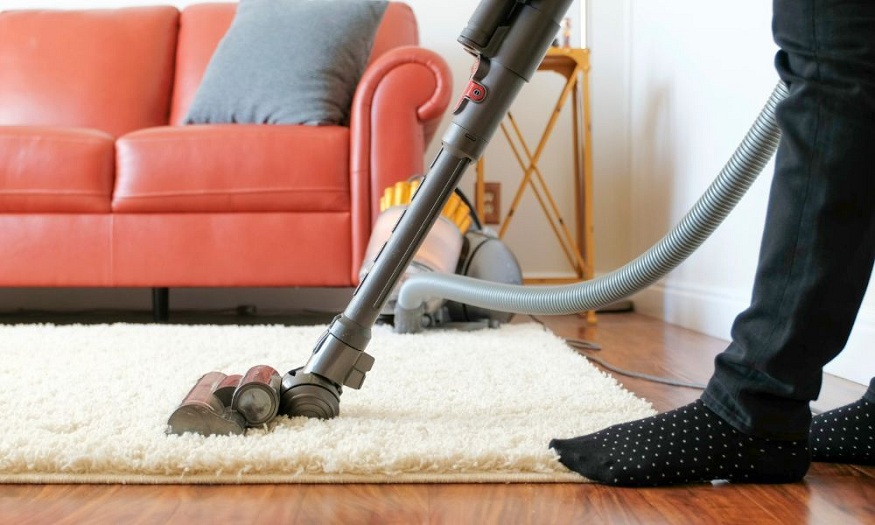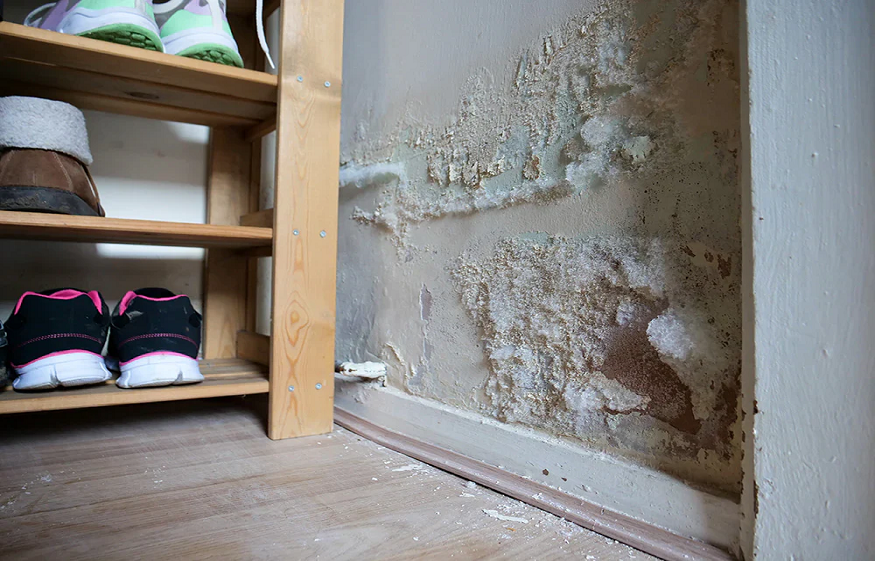Any house is made cosier and more unique by carpets and rugs, but they are also more likely to get stains from spills, grime, and normal wear and tear. Certain stains can be removed with specialised procedures and solutions, while others might be more difficult to remove and can only be controlled with routine cleaning. Professional carpet and rug cleaning services may be a useful tool in really difficult circumstances. However, many difficult stains may be removed at home using the appropriate method. This book offers practical solutions for getting rid of stubborn stains from your rugs and carpets.
Identify the Stain
It’s important to determine the sort of stain you have before beginning the cleaning process. Treatments for various stains vary, and applying the incorrect technique might occasionally exacerbate the stain. Typical stains include the following:
- Organic stains from spills involving wine, coffee, and pets.
- Butter, cooking oil, and cosmetics are examples of grease and oil-based stains.
- Dye-based stains, such as those caused by food colouring, ink, and certain drinks.
General Cleaning Advice
Some broad guidelines apply to all carpet and rug cleaning attempts, regardless of the type of stain:
- Move Fast: Stains are simpler to remove the sooner you handle them.
- Blot, Don’t Rub: Blotting allows the stain to be absorbed without penetrating the fibres further.
- Test First: Make sure the cleaning solution doesn’t harm or discolour the cloth by testing it on a discrete area.
Getting Rid of Organic Stains
Food and drink stains are examples of organic stains that are prevalent yet can be difficult to remove. Here’s how to deal with them:
- Try to absorb as much of the spill as you can using a clean towel.
- Combine water and white vinegar in equal amounts. After applying the solution to the stain, give it ten to fifteen minutes to settle.
- Using a fresh cloth, blot the area to absorb the stain and solution.
- Use cold water to rinse, then pat dry. If required, repeat.
Handling Oil and Grease-Based Stains
Because of their composition, stains based on grease and oil demand a distinct method of treatment:
- To absorb the maximum amount of oil, dust the stain with cornflour or baking soda. After leaving it for ten to fifteen minutes, hoover it up.
- Combine a few spoons of dish soap with warm water to make a solution. Apply the mixture to the stain using a cloth or a spray bottle.
- Using a fresh cloth, wipe the area, rinse with water, and then pat dry.
Handling Dye-Based Stains
Stains based on dyes, including those from food colouring or pen, can be very difficult to remove:
- To get rid of extra liquid, blot the stain right away.
- ALightly dab the discolouration with a clean cloth dampened with rubbing alcohol. Refrain from rubbing as this might disperse the pigment.
- Use water to rinse the area, then pat dry. If necessary, repeat the procedure, using a clean towel each time to prevent the stain from spreading.
Expert Assistance
It is time to seek professional assistance when stains prove too difficult to treat at home or if you are working with fragile or antique carpets. Rug cleaning services have the expertise and specific equipment to tackle stubborn stains and guarantee a safe and efficient cleaning of your carpets and rugs.
Preventive Actions
It’s always preferable to prevent than to cure. The following advice will hopefully help reduce the likelihood of stains on your rugs and carpets:
- Use Rugs and Runners: To protect your carpets, place rugs and runners in high-traffic areas.
- Create No-Shoe Zones: To cut down on dirt and debris, promote a no-shoe policy in places with carpeting.
- Maintain Regular Cleaning: Stains may be avoided by vacuuming often and wiping up spills right away.
Conclusion
Effective stain removal from carpets and rugs requires prompt action, appropriate cleaning products, and occasionally expert assistance. By using these techniques and preventive measures, you can maintain the best-looking carpets and rugs and create a clean and welcoming home atmosphere.




